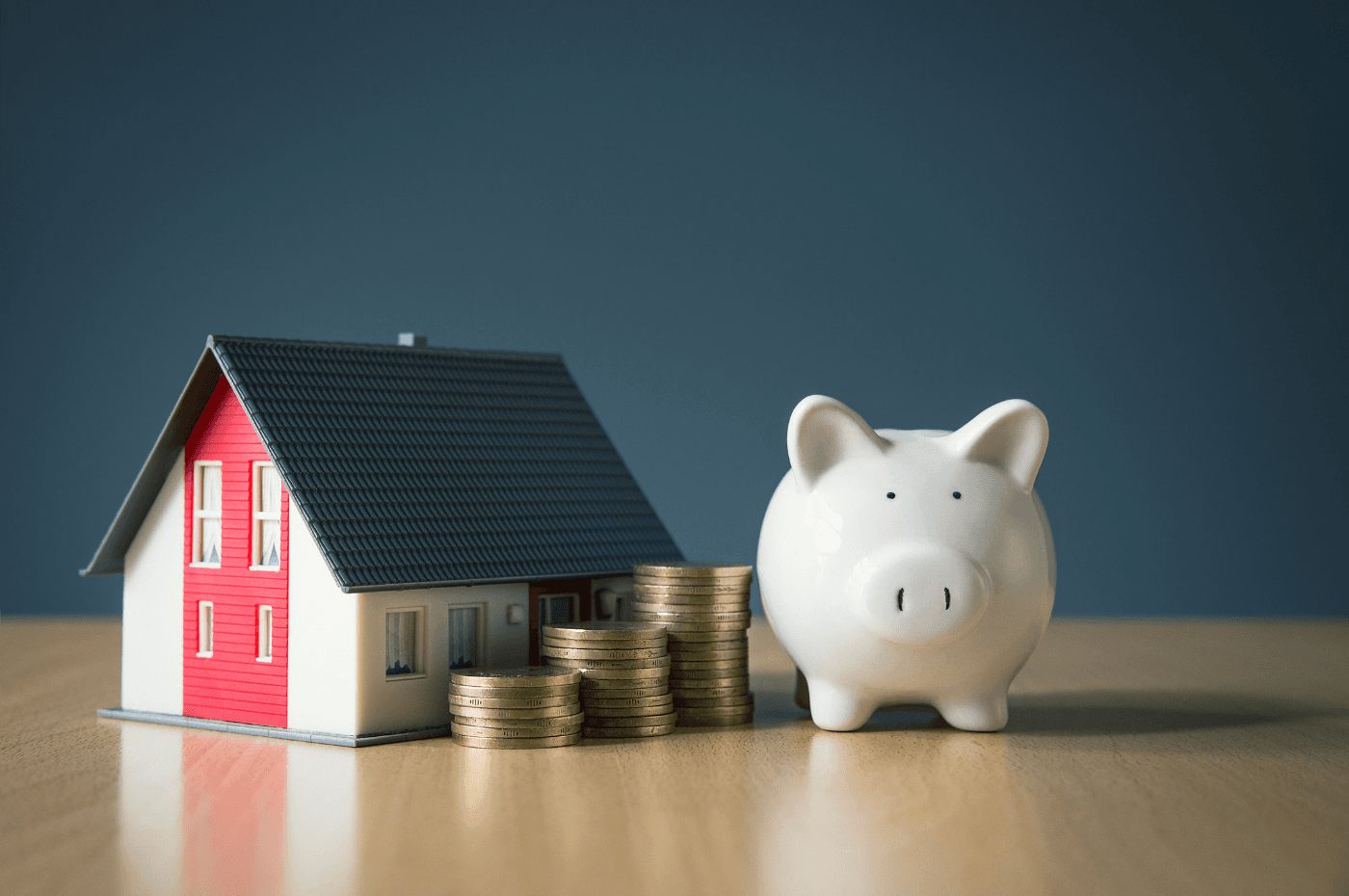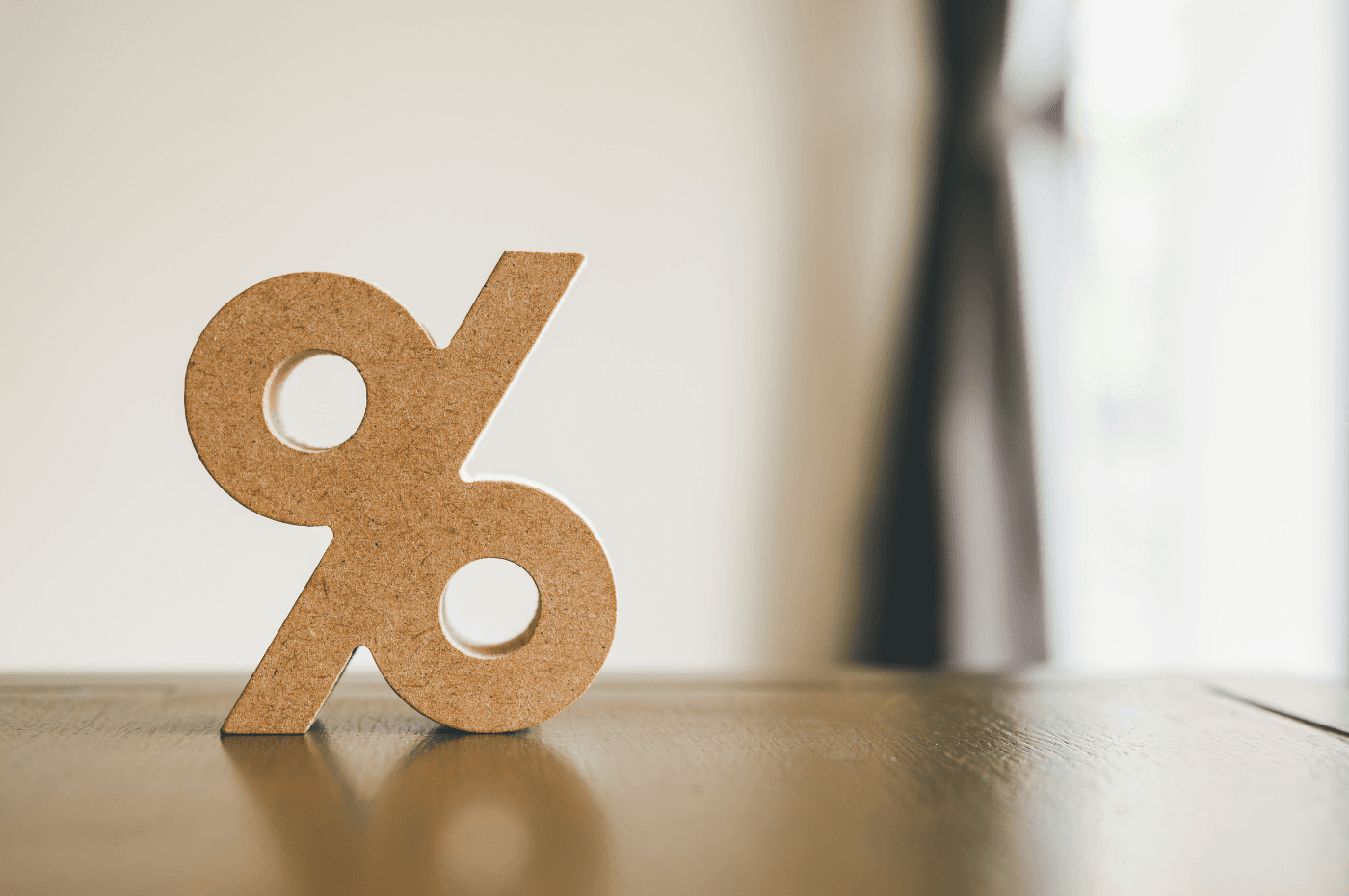Whether you want to buy a house, a condo, a duplex or a multi-unit building, you will necessarily need to have an amount set aside for your down payment.
However, depending on your real estate venture, the minimum down payment you will have to pay will not be the same. You will therefore need to plan for a higher or lower amount depending on the type of home desired and its value. In some cases, whether or not the building is occupied will also influence the minimum amount required for the purchase.
The down payment: what you need to know
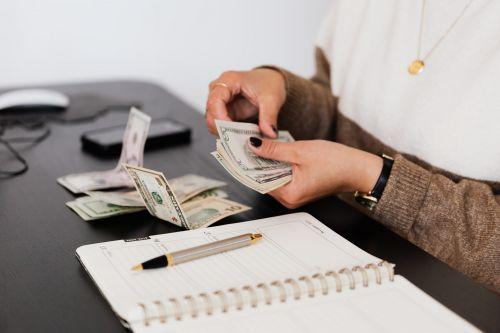
The down payment is the amount that a buyer must raise and spend on his/her own in order to acquire real estate. There are traditional down payments (personal savings, inheritance, amount from the sale of a property etc.) and non-traditional down payments (personal bank loan, card or line of credit etc.).
The down payment represents a portion of the purchase price of the desired property. The larger the portion you give, the less the loan you will have to take out. The down payment therefore has a major impact on the amount of repayment that you will have to make and the interest that you will have to pay to your financial institution.
Even if you have the minimum requirement in your possession, your banking institution could still refuse to offer you a loan or ask you for a larger down payment. This is usually what happens for the self-employed or for people with bad credit.
The down payment is not the only amount you need to plan for when buying a property. Plan for at least 1.5% more cash to be able to cover all daily costs and expenses. Otherwise, financial institutions may consider you to be too high a risk for default.
The minimum down payment for a house and a condo
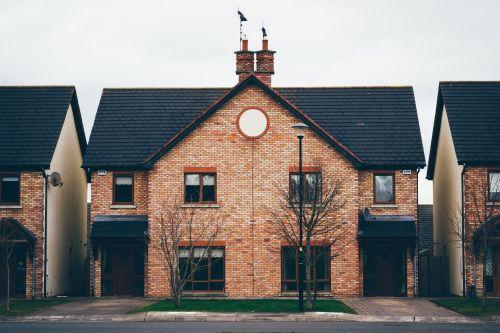
If you want to buy a house or a condo, the minimum down payment you will need to have in your possession will depend on the value of the property. It is calculated as follows:
- For a property valued at or below $500,000, the minimum down payment is 5%.
- When the value is between $500,000 and $1,000,000, the minimum down payment is 5% for the first $500,000 plus 10% on the remaining amount.
- If the purchase price of the property is over $1 million, the down payment increases to 20%.
This table helps to illustrate more clearly the impacts of the value of the property on the minimum down payment required:
|
Value of the property |
Minimum downpayment |
|
$350,000 |
5% |
|
$500,000 |
5% |
|
$750,000 |
5% for the first $500,000 10% on the remaining amount |
|
$1,000,000 |
20% |
Although a minimum down payment is required, nothing prevents you from offering a larger amount than required. For example, you can decide to offer a 15% down payment on a property of $400,000. This will save you a lot of expensive interest in the long run.
Note that, in all cases, if your down payment is less than 20%, you will likely have to take out mortgage loan insurance.
The minimum down payment for a plex
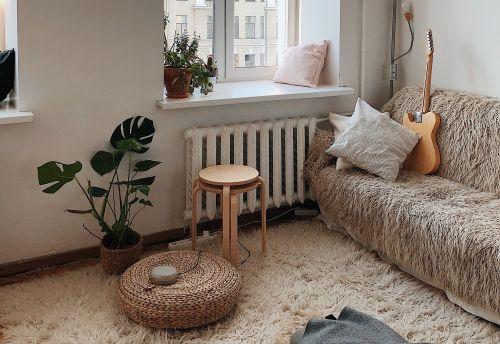
If you are planning to buy a plex, the minimum down payment will vary depending on the number of homes they own. Whether or not you live in the building will also have an influence on the amount to be provided.
Duplex
In the case of a duplex (2 units), the minimum down payment is 5% for an occupying owner, that is to say who lives in the building. If the value of the duplex exceeds $500,000, the same rule as for a house applies. You will therefore have to provide 5% of the first tranche of $500,000 and 10% of the remaining amount.
If you wish to acquire the building for rental purposes only and not to occupy one of the available accommodations yourself, the necessary down payment increases to 20%.
Triplex or quadruplex
For a building with three or four units, the minimum down payment increases to 10%, even if you are going to occupy the building. For non-occupying owners, the down payment required remains at 20%.
Plex of 5 units or more (multi-unit)
If your purchase project consists of a building of 5 or more units, the minimum down payment is higher. You will then need to plan for a down payment equivalent to 15% of the economic value of the building, even if you live in one of the apartments.
In addition, you must have in your possession the equivalent of 25% of the value of the building if you want to avoid having to take out mortgage loan insurance.
Increase your down payment through programs and grants
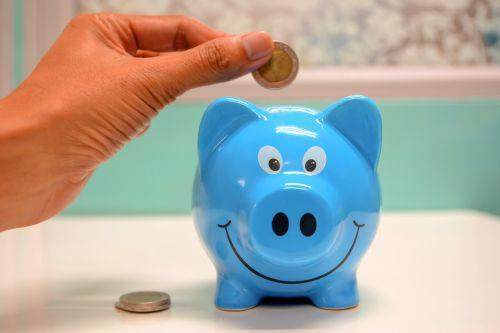
A down payment can be quite a large amount, especially if you're aiming for the 20% to avoid mortgage default insurance. However, there are programs and grants that can help you build up the money you need, such as:
- The Home Buyers' Plan (HBP): this program allows you to withdraw up to $35,000 from your RRSP to help you acquire the desired property.
- The First-Time Home Buyer Incentive: If this is your first purchase, the Government of Canada may offer you 5% of the purchase price of the property (or up to 10% for a new property).
There are also many other alternatives to accumulate the amount you need for your down payment.
Whatever your real estate purchase plan, it is always recommended that you hire a mortgage broker. This expert will take the time to assess your financial capacity and will be able to advise you on the ideal amount for your down payment based on your situation.
Are you looking for a mortgage broker?
XpertSource.com can help you in your efforts to find a mortgage broker. By telling us about your project, we will refer you to top-rated experts, free of charge! Simply fill out the form (it only takes a few minutes) and we will connect you with the right experts.

